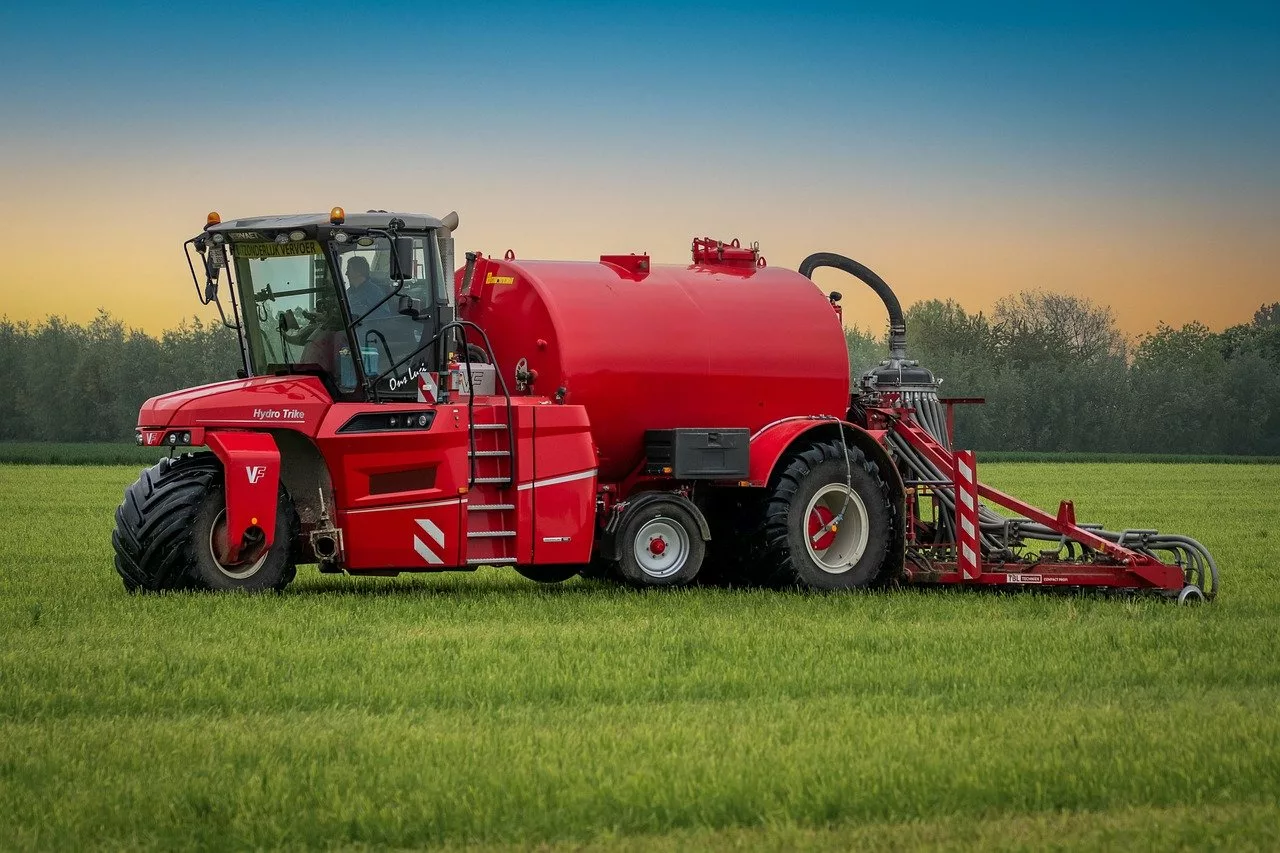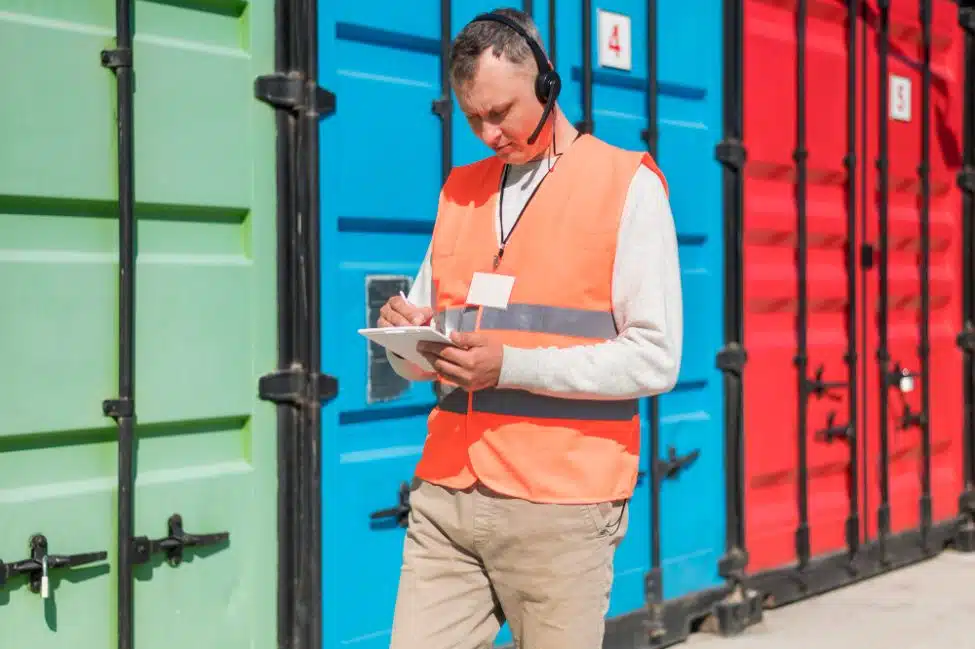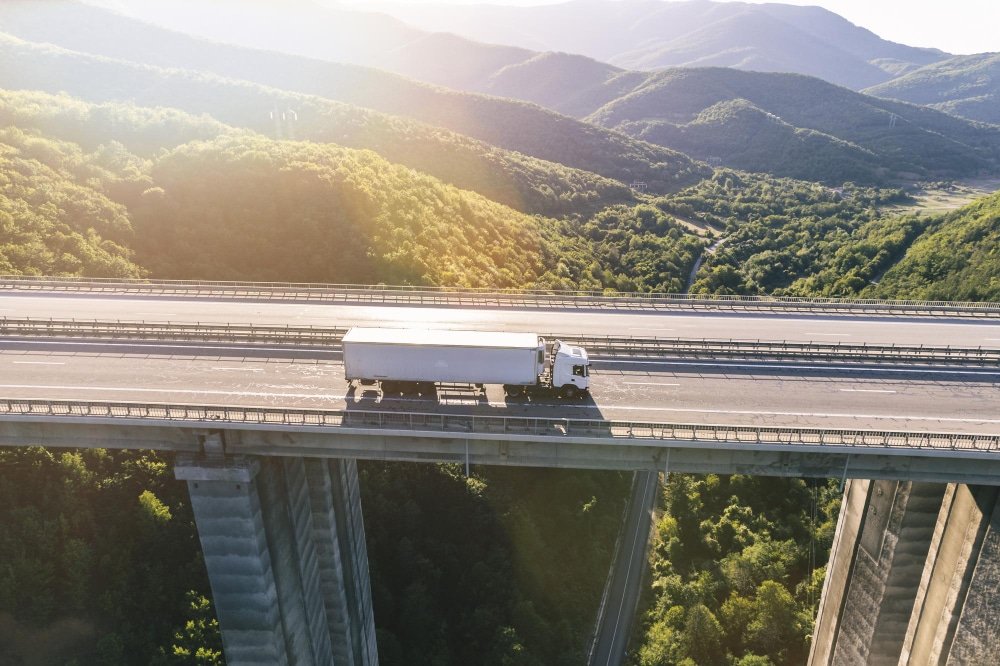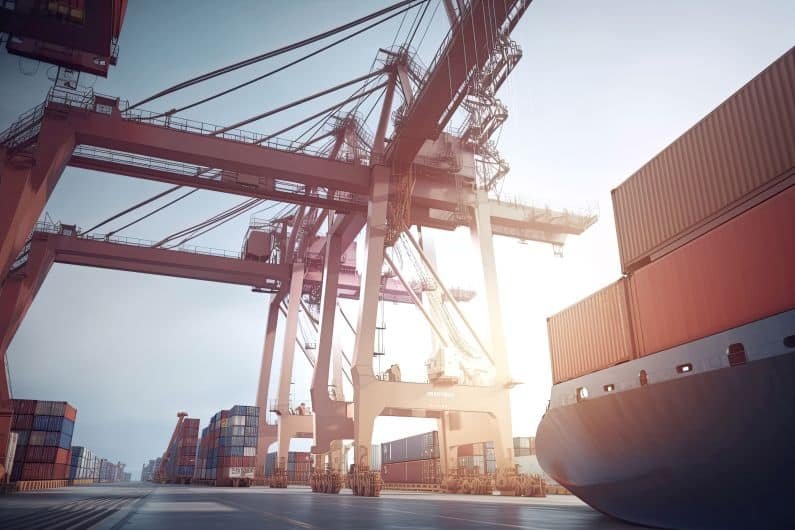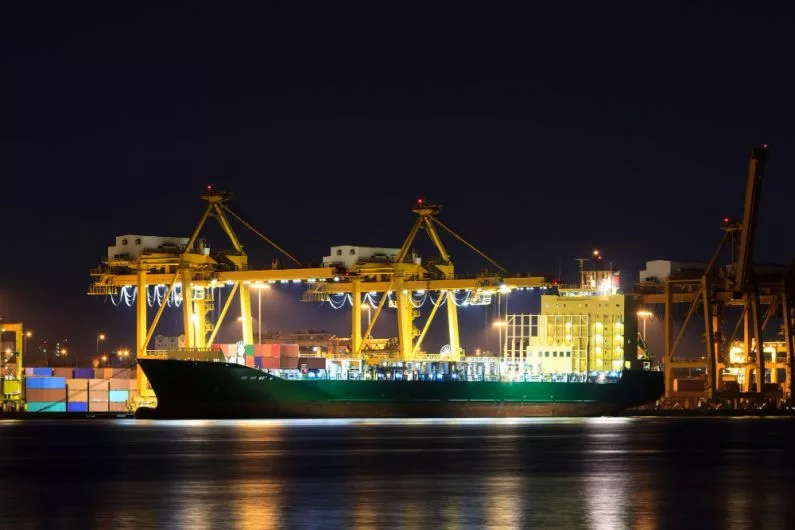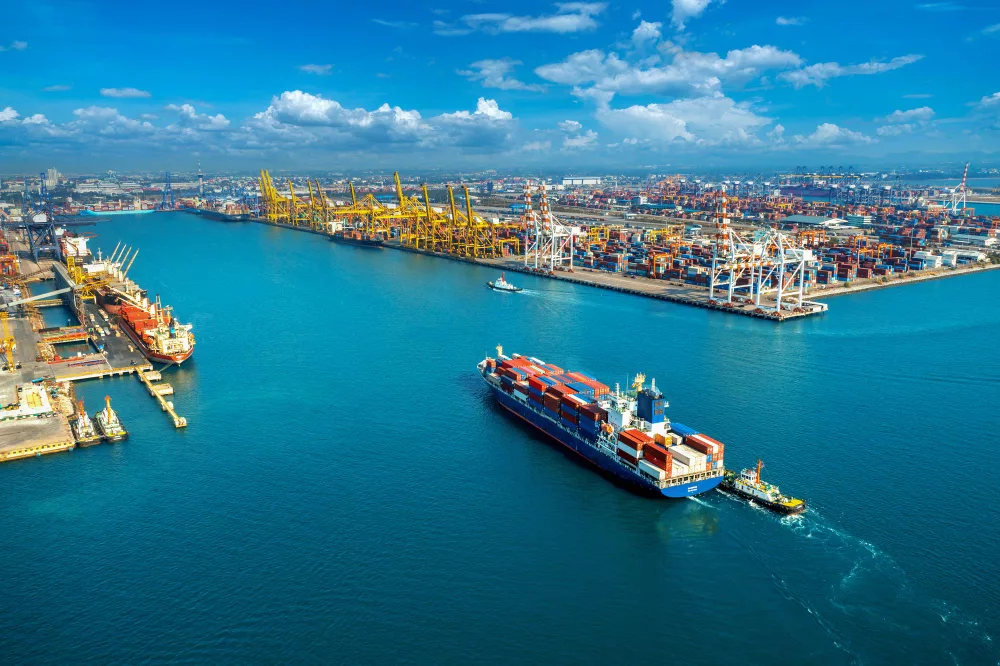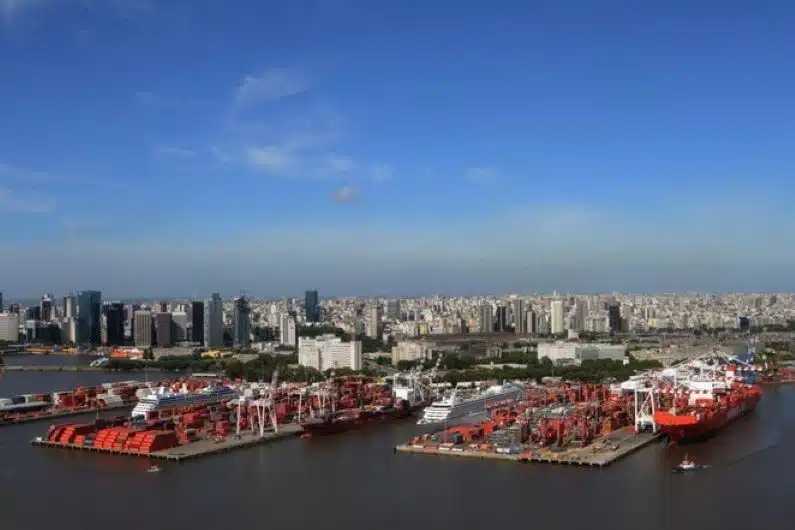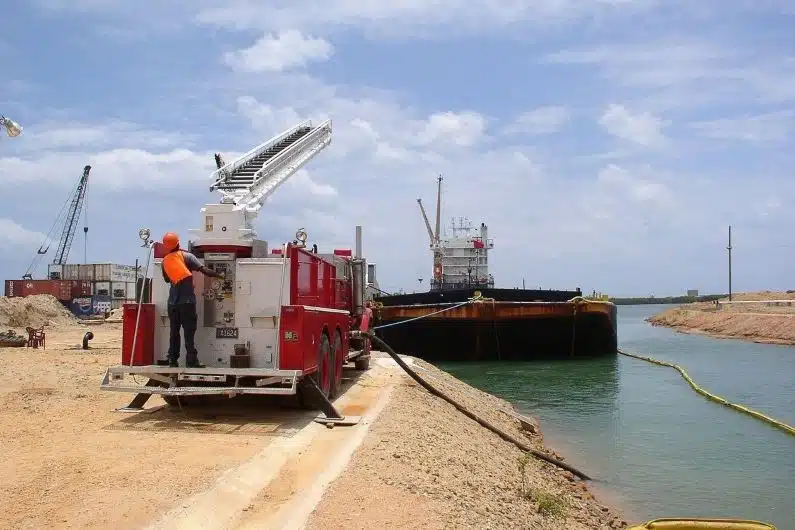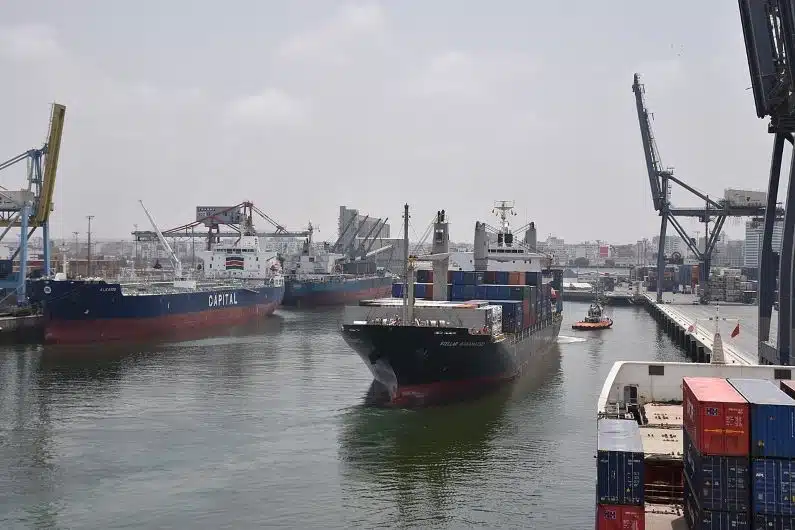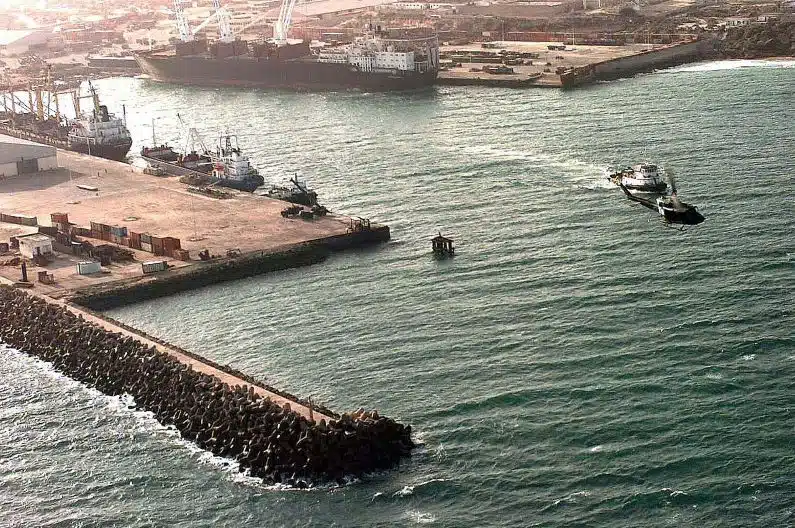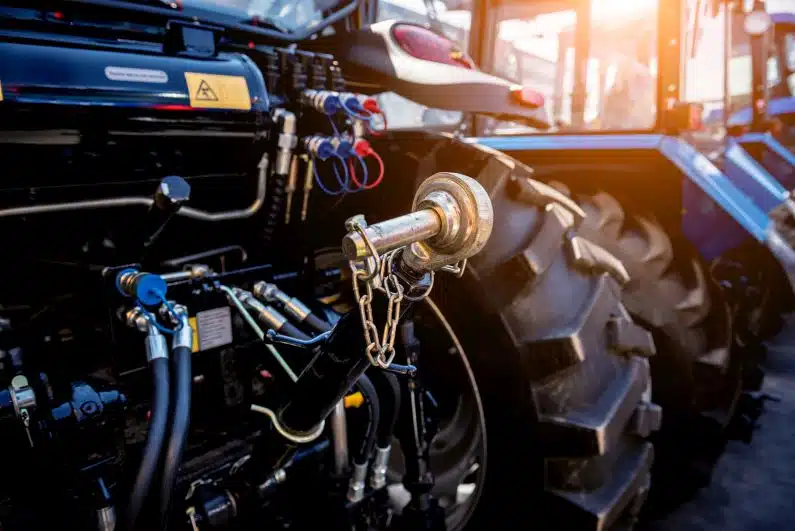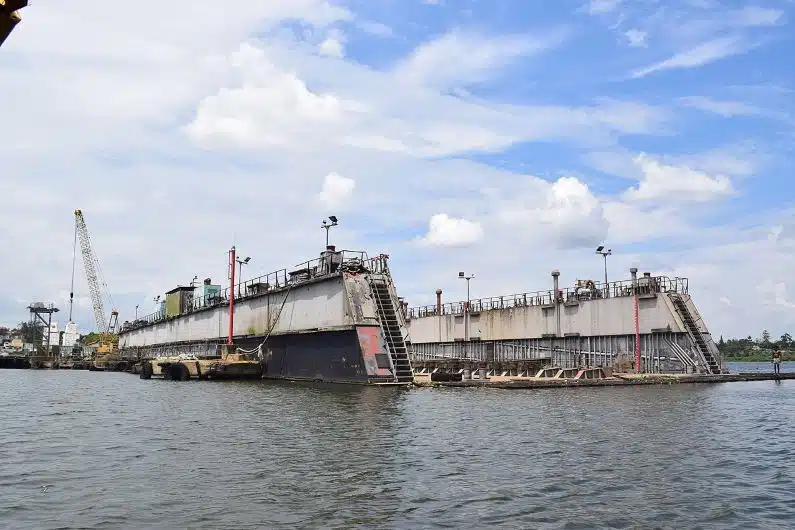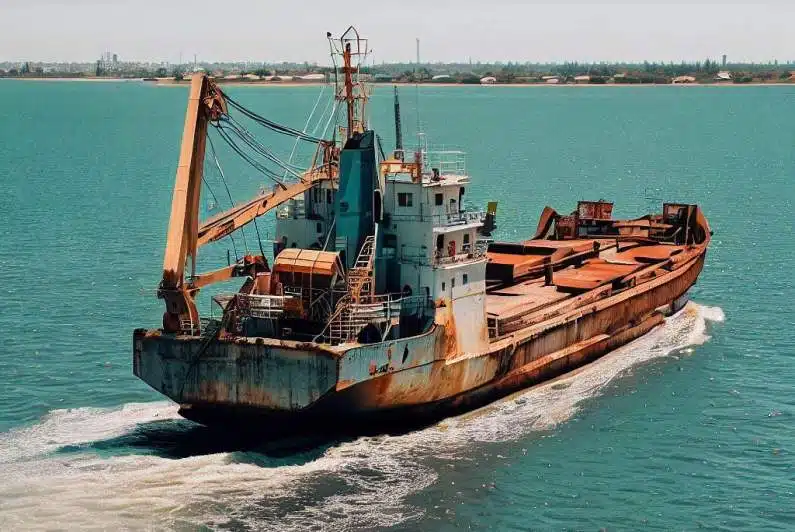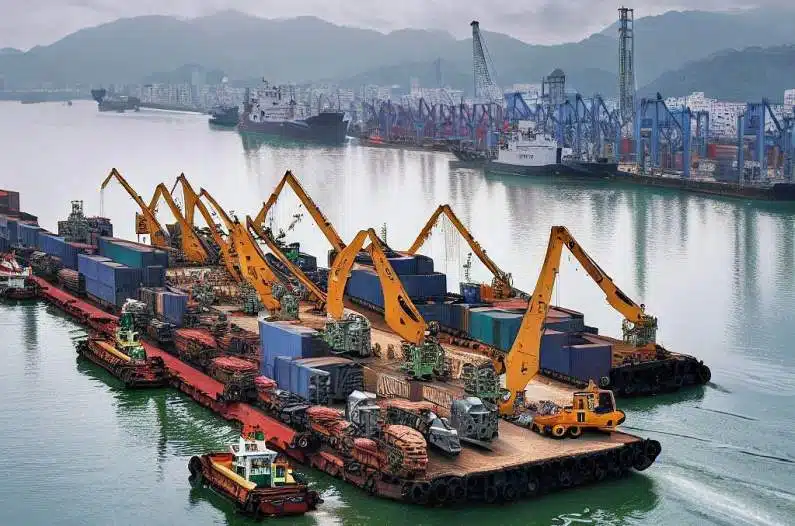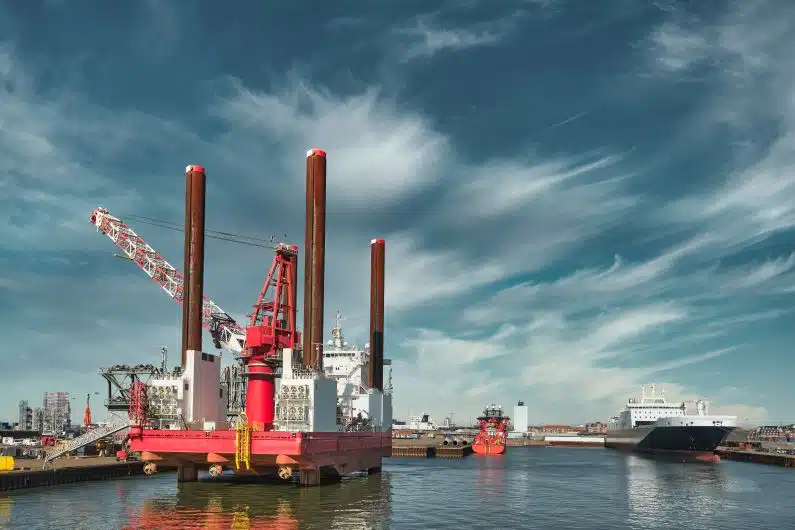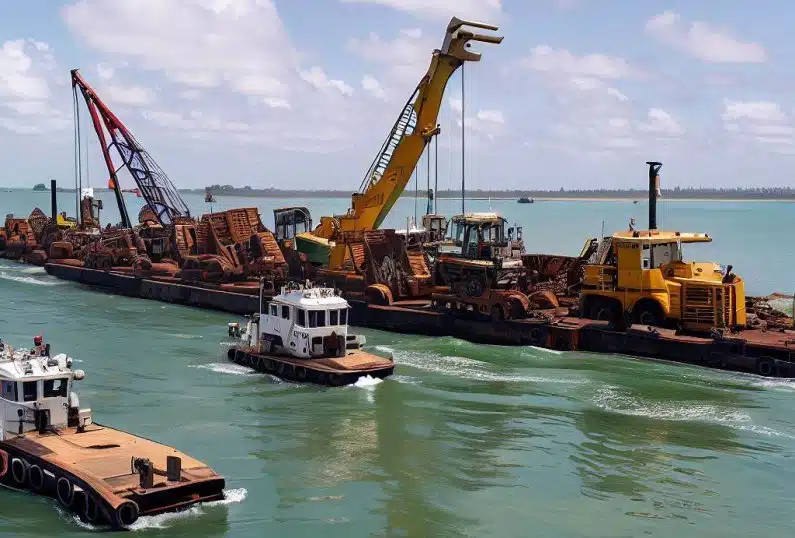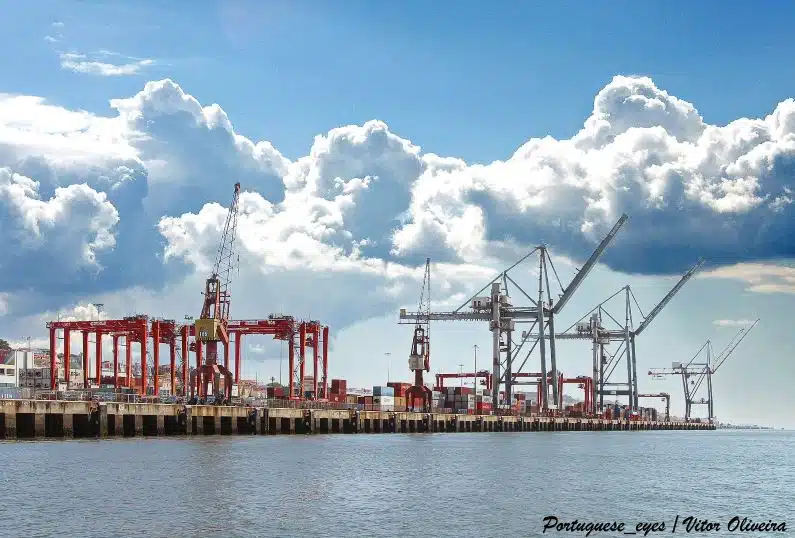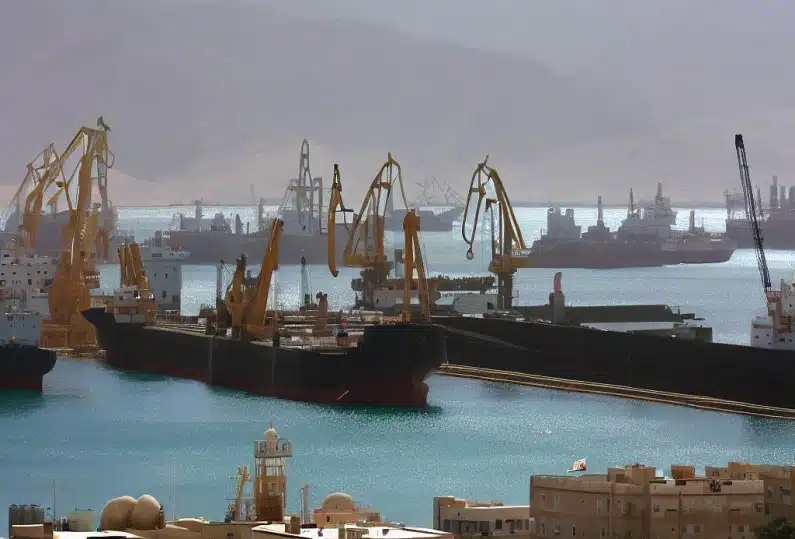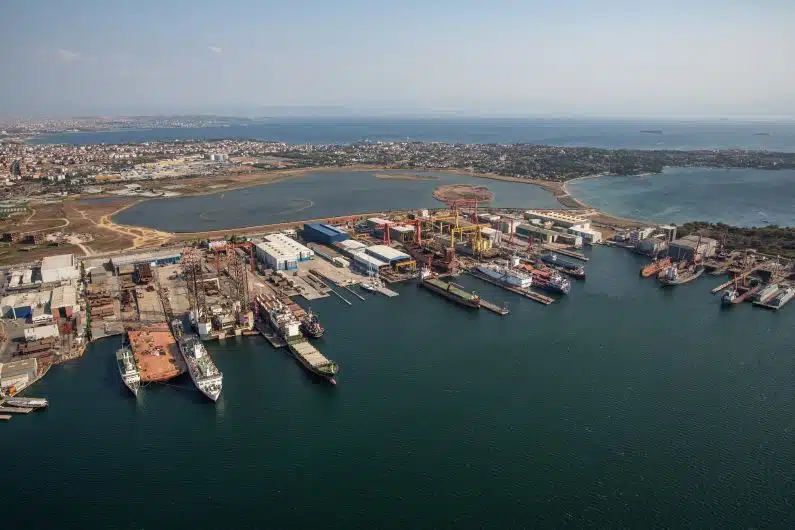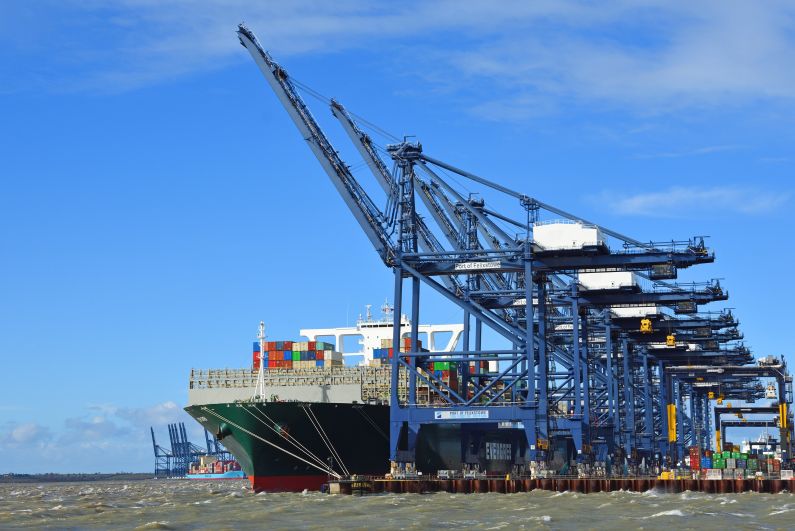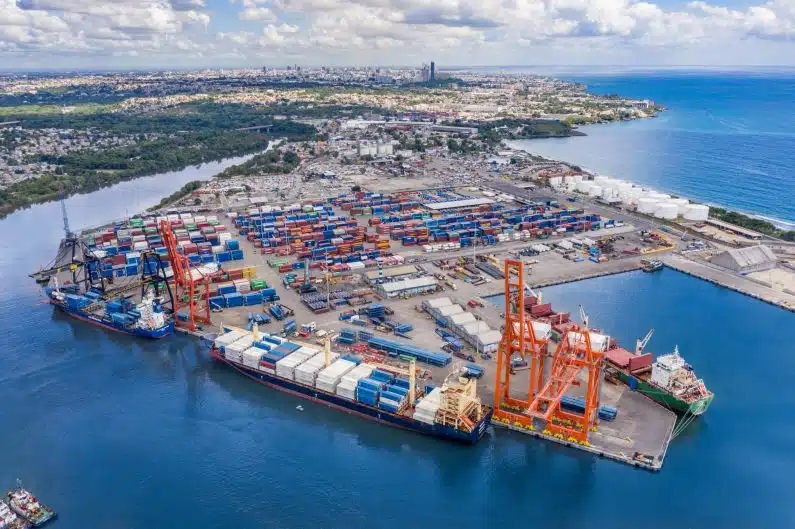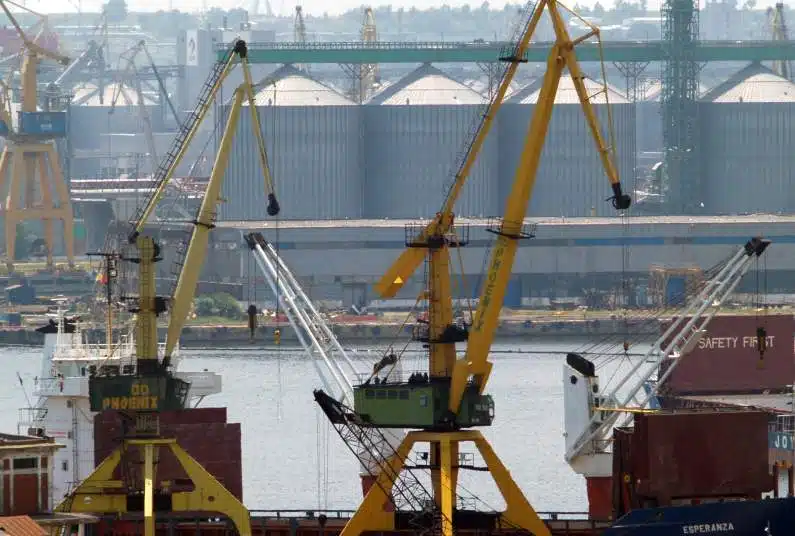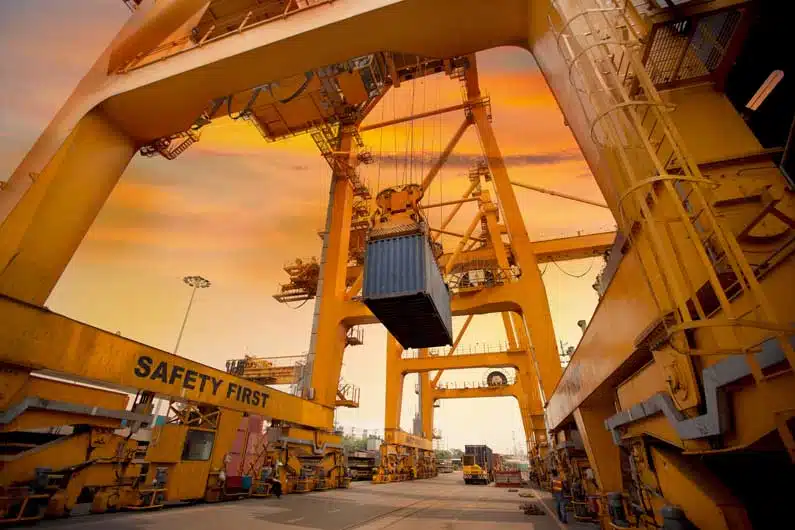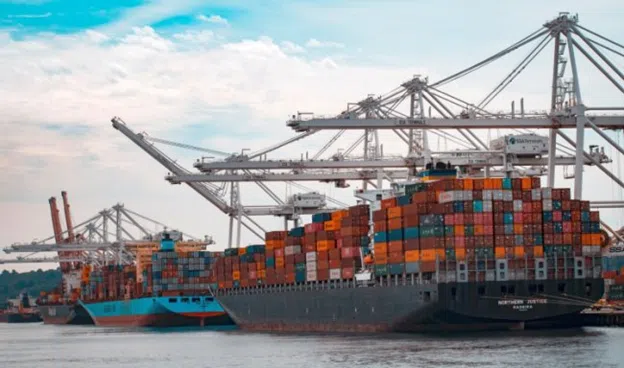Shipping agricultural machinery presents a unique set of challenges that require specialized expertise and planning.
In this article, we will delve deeper into the intricacies involved in ensuring seamless and cost-effective shipping of agricultural machinery.
From grappling with size and weight restrictions to selecting the optimal shipping method and securing all necessary documentation, this inclusive guide will explore all the information needed for shipping agricultural machinery worldwide.
Understanding the Challenges of Shipping Agricultural Machinery
Size and Weight Restrictions
Agricultural machinery such as tractors, harvesters, and plows are often bulky and heavy, necessitating special permits and routing considerations.
Authorities often impose limitations on the dimensions and weight of cargo that can traverse certain roads or bridges. Failure to adhere to these regulations can result in hefty fines, delays, and even legal repercussions.
Therefore, it’s crucial to consult experts and obtain the required permits in advance when shipping agricultural machinery around the US and globally.
Fragility and Special Handling Requirements
Agricultural machinery is not just heavy; it includes components that are sensitive to shock or environmental conditions like temperature and humidity.
Neglecting these aspects can lead to mechanical failures and increased repair costs post-shipping. The use of specialized packaging materials and handling procedures is frequently warranted to mitigate these risks when shipping agricultural machinery that is not only heavy but intricate.
Cost Considerations
While it’s tempting to opt for the cheapest shipping solution, it may not always be the wisest choice.
Consider the implications of potential delays, damages, and additional handling costs. Therefore, a comprehensive cost-benefit analysis should be conducted to balance speed, safety, and cost-effectiveness.
Choosing the Right Method for Shipping Agricultural Machinery
Road Transport
Trucking is a common method, particularly for domestic farm equipment hauling. However, for oversized or oddly shaped machinery, road transport might necessitate special arrangements like police escorts or road closures, adding to the cost and complexity.
Rail Transport
Rail offers a more cost-effective solution for bulky items. However, it often involves additional logistics planning as machinery must be transported to and from rail terminals, usually by road.
Ocean Freight
For international farm equipment shipping, ocean freight provides an economic option. However, it’s the slowest method and requires thorough planning, especially for adhering to international shipping regulations and dealing with customs.
Air Freight
Air freight is the quickest but also the most expensive option. It’s typically reserved for machinery components that are critical to operations and need urgent replacement.
Partnering With Reliable Shipping Providers
Researching and Selecting Reputable Shipping Companies
Invest time in researching potential shipping partners. Look for companies that specialize in shipping agricultural machinery and have an excellent track record, supported by customer reviews and testimonials.
Establishing Clear Communication Channels
An open line of communication with your shipping provider is vital. Make sure to establish who your primary contact will be for the duration of the shipment process.
Negotiating Favorable Shipping Rates
Volume shipping or long-term contractual partnerships can offer opportunities for cost savings. Make sure to discuss these options during the negotiation phase.
Proper Packaging and Preparation
Ensuring Secure Packaging
The use of industrial crates, high-strength straps, and cushioning materials can help secure machinery and minimize the risk of damage. Safety for both the equipment and workers aorund is essential when shipping agricultural machinery.
Disassembling and Securing Parts
For more oversized items, disassembly may be required, depending if you are shipping via rail, air or sea. Ensure that each part is labeled and securely fastened to prevent shifting during transit.
Cleaning and Preparing Machinery for Shipment
Cleaning the machinery removes soil and plant residues, making the equipment less likely to face quarantine or customs issues. Also, drain any fuels and oils to meet shipping regulations.
Securing Proper Documentation and Insurance
Bill of Lading and Shipping Documents
Ensure that you have all the necessary documents, including the Bill of Lading, commercial invoices, and any permits or licenses required. Incorrect or incomplete documentation can result in customs delays.
Insurance Coverage for Machinery
Securing appropriate insurance is non-negotiable. Ensure that the policy covers all potential risks, including damages during transit and potential delays.
Monitoring and Tracking Shipments
Using GPS and Tracking Systems
GPS systems and other tracking technologies enable real-time monitoring of the shipping process, offering an added layer of security and peace of mind.
Regularly Communicating With Shipping Providers
Maintain a regular line of communication with your shipping provider. Frequent updates on the shipment’s status can help you preempt and prepare for any issues that may arise while shipping agricultural machinery.
Simplified Agricultural Machinery Shipping
Shipping agricultural machinery doesn’t have to be a logistical nightmare. By thoroughly understanding the challenges, judiciously selecting shipping methods, collaborating with reliable providers, taking meticulous preparatory steps, and ensuring all documentation is in order, you can substantially streamline the shipping process.
This comprehensive approach ensures that your agricultural machinery reaches its destination in optimal condition, ready to be put to work.

